We sit. A lot. At desks, in cars, on couches – it’s an inescapable part of modern existence.
While seemingly harmless, this prolonged stillness is quietly waging war on our bodies.
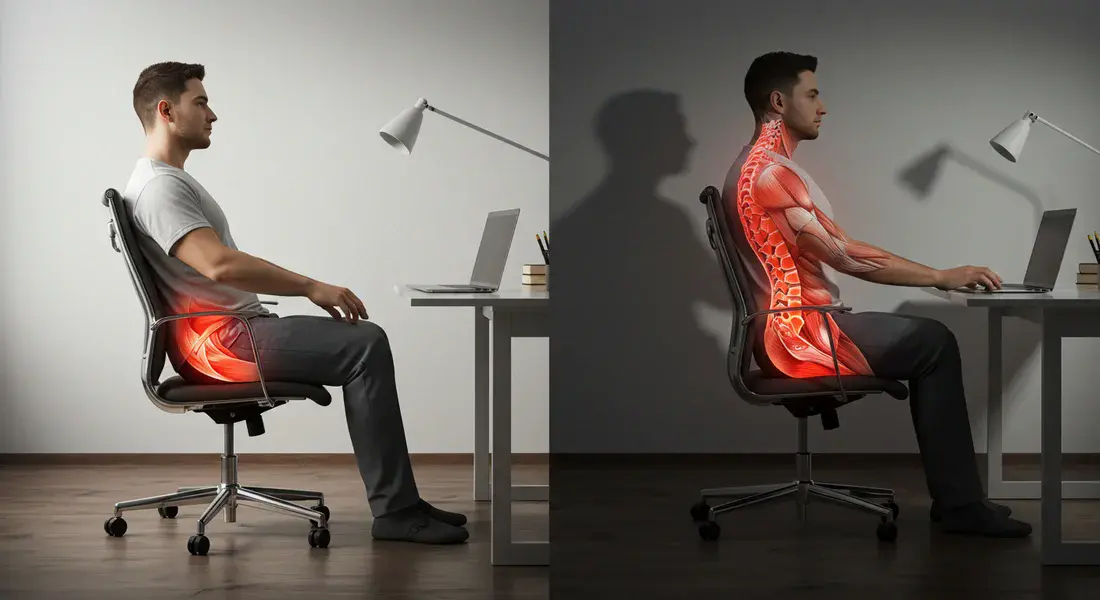
We often dismiss the resulting discomfort as minor aches, but the truth is far more alarming.
The health risks associated with excessive sitting go deep, impacting everything from our muscles and metabolism to our long-term well-being.
Understanding these hidden dangers is the critical first step towards protecting yourself.
This article takes a deep dive into the specific health risks of sitting too long, explaining why it’s so detrimental and what warning signs to watch for.
Armed with this knowledge, you can then take targeted steps to mitigate the damage.
The Deep Dive into Unpacking the Alarming Health Risks of Sitting
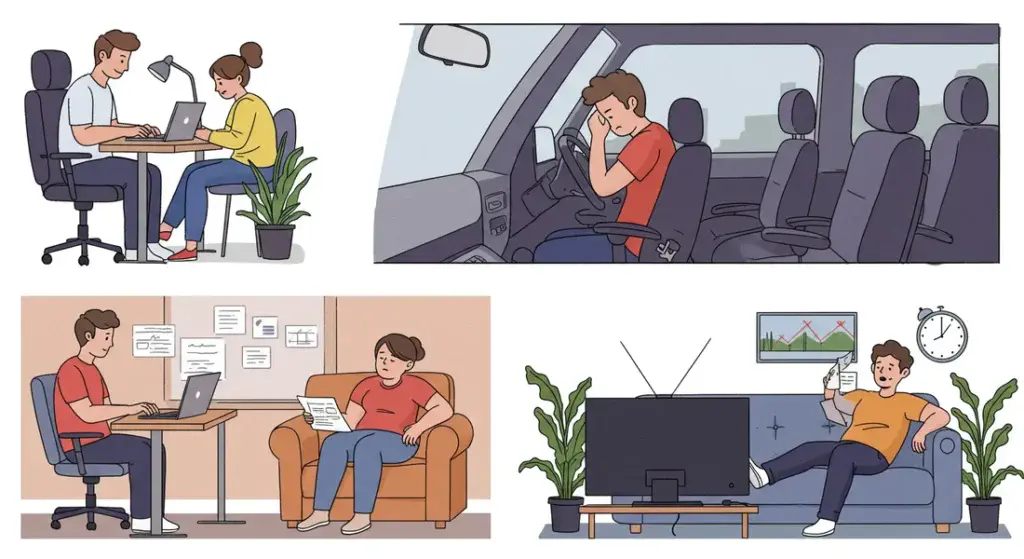
Let’s move beyond vague warnings and look at the specific physiological consequences of spending hours in a chair.
1. Musculoskeletal Mayhem – Tightness, Weakness, and Pain
This is often where we first feel the effects, but the damage runs deeper than simple stiffness.
- Hip Flexor Havoc: The muscles at the front of your hips (including the powerful psoas connecting spine to leg) are held in a shortened position when sitting. Over time, they adaptively shorten and tighten. This chronic tightness can pull the pelvis forward (anterior pelvic tilt), increasing the curve in the lower back and putting significant pressure on the lumbar spine – a primary driver of lower back pain.
- Gluteal Amnesia (Sleeping Glutes): Your glute muscles, crucial for stability and powerful movement, essentially switch off when you sit on them for hours. This “gluteal amnesia” forces other muscles (like hamstrings and lower back muscles) to compensate, leading to overuse injuries, further back pain, and reduced power in activities like walking, running, or climbing stairs.
- Weak Core: Similar to the glutes, the deep core muscles that stabilize your spine aren’t challenged when slumped in a chair, leading to weakness that exacerbates back pain and instability.
- Hamstring Tightness: While seated, your hamstrings are also relatively inactive and can become tight, further contributing to pelvic tilt and back issues.
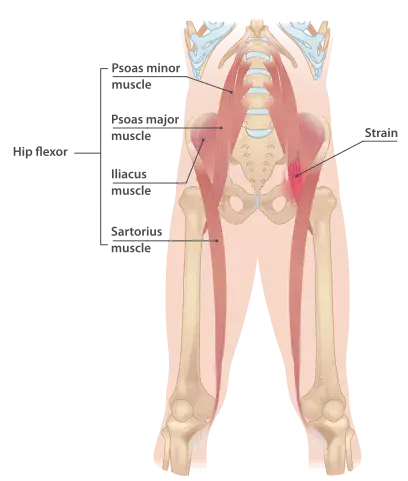
2. Metabolic Slowdown – Impact on Blood Sugar and Fat Burning
What you can’t easily feel is often more insidious. Prolonged sitting significantly impacts how your body processes energy.
- Reduced Insulin Sensitivity: Muscle contractions help clear glucose (sugar) from the bloodstream. When muscles are inactive during sitting, insulin sensitivity can decrease. This means your body needs to produce more insulin to manage blood sugar, potentially increasing the long-term risk of Type 2 Diabetes.
- Decreased Calorie Burning: Simply put, you burn far fewer calories sitting than standing or moving. While obvious, this contributes significantly to weight gain and obesity over time.
- Altered Fat Metabolism: Some research suggests prolonged sitting affects the activity of enzymes involved in fat metabolism, like lipoprotein lipase, potentially leading to higher levels of fats in the bloodstream.
3. Circulatory Concerns – Sluggish Blood Flow and Its Consequences
Your circulatory system relies on movement, particularly muscle contractions in the legs, to help pump blood back towards the heart.
- Reduced Blood Flow: Sitting for long periods causes blood to pool in the legs, slowing circulation. This can contribute to feelings of leg fatigue, swelling, and potentially increase the risk of varicose veins over time.
- Increased Clot Risk (Extreme Cases): While more associated with extreme immobility (like very long flights), profoundly sedentary behavior can, in susceptible individuals, contribute to the risk of Deep Vein Thrombosis (DVT) – blood clots forming in the legs (though this is not a typical risk of standard office work alone, it highlights the importance of movement).
4. The Posture Problem – Strain on Spine, Neck, and Shoulders
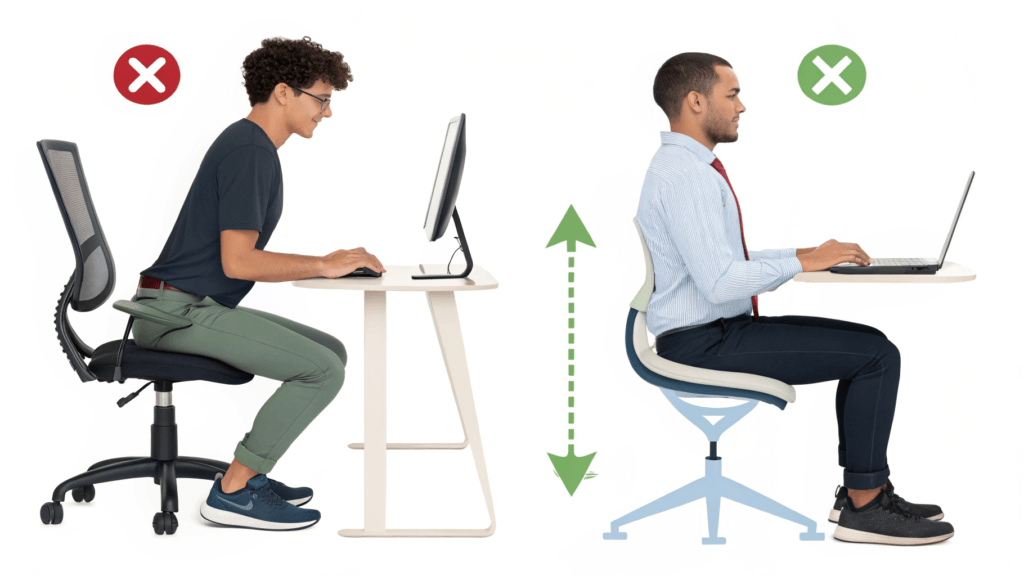
How you sit matters, but prolonged sitting, even with good intentions, often leads to postural degradation.
- Forward Head Posture (“Tech Neck”): Leaning forward to view screens puts immense strain on the neck and upper back muscles. For every inch your head juts forward, the effective weight on your cervical spine increases significantly.
- Rounded Shoulders: Slumping leads to tight chest muscles and weak upper back muscles, causing shoulders to round forward, which can contribute to shoulder impingement and pain.
- Spinal Compression: Sustained sitting, especially with poor posture, compresses the discs in the spine, potentially leading to premature degeneration and chronic pain.
5. Potential Links to Wider Health Issues
While direct causation is complex, large-scale studies consistently link highly sedentary lifestyles with increased risks of:
- Cardiovascular Disease: Likely due to combined effects on metabolism, circulation, and inflammation (Mayo Clinic Staff, 2023).
- Certain Cancers: Some studies suggest correlations, though mechanisms are still being researched.
- Mental Health Challenges: Sedentary behavior has been linked with higher rates of depression and anxiety (though the relationship is likely bidirectional).
Are You Ignoring These Red Flags? Recognizing the Symptoms
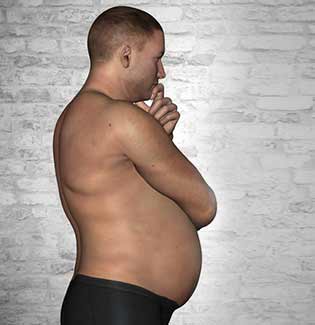
Your body signals when the risks of sitting are taking a toll.
Don’t ignore these common symptoms – they are indicators of the underlying issues discussed above:
- Persistent Lower Back Pain: Often linked to tight hip flexors and weak glutes/core.
- Neck and Shoulder Stiffness/Ache: Frequently a result of poor posture and tech neck.
- Knee Discomfort: Can arise from muscle imbalances affecting gait and knee tracking.
- Tight, Hard-Feeling Hamstrings or Calves: Direct result of muscles shortening or becoming inactive.
- Noticeable Stomach Bulge (despite workouts): Can be exacerbated by a weak, inactive core.
- Difficulty Standing Up Straight / Slumped Posture: Indicates muscle imbalances and postural adaptation.
- Reduced Flexibility / Stiffness: General indicator of shortened muscles and reduced joint mobility.
- Occasional Numbness/Tingling in Legs: Can be related to poor circulation or nerve impingement (seek medical advice if persistent).
Recognizing these symptoms as direct consequences of prolonged sitting is the motivation needed to take corrective action.
Mitigating the Damage – 5 Essential Actions to Counteract Sitting Risks
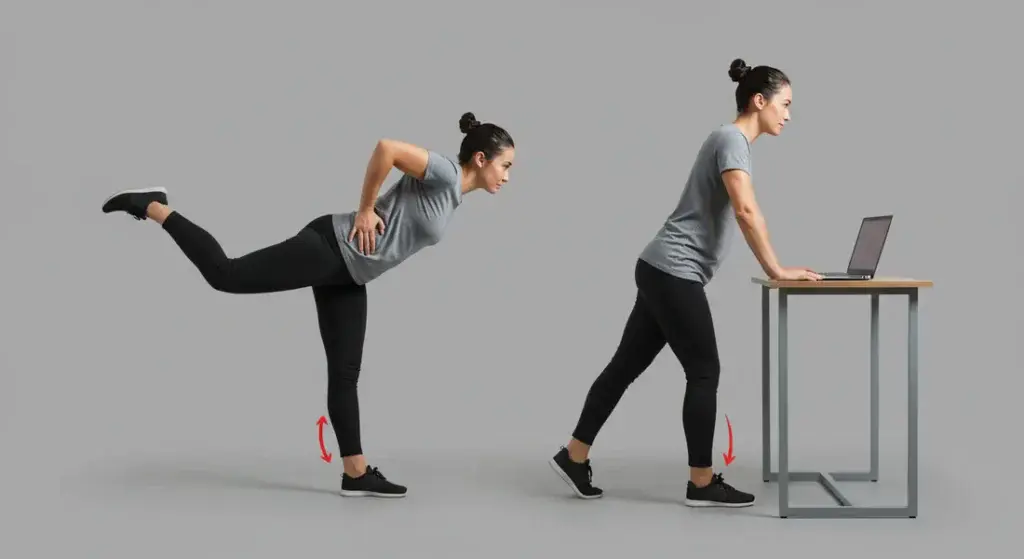
Knowing the risks is step one; actively fighting back is step two. Here are five fundamental strategies to mitigate the negative health effects of sitting:
1. Interrupt Often (To Boost Circulation & Metabolism)
The simplest, most powerful defense is breaking up sitting time frequently. Aim for 1-2 minutes of movement every 30-60 minutes.
- Action: Stand up, walk around, do simple stretches, march in place, get water, use the stairs. Set timers as reminders! Take calls standing.
2. Stretch Tight Muscles (To Address Musculoskeletal Imbalance)
Directly combat the muscle shortening caused by sitting. Hold stretches for 20-30 seconds per side, 1-2 times daily or during breaks.
- Actions:
- Standing Hip Flexor Stretch: Address tightness at the front of the hip (key for back pain).
- Seated/Standing Hamstring Stretch: Lengthen the back of the thighs.
3. Mobilize Your Spine & Chest (To Counteract Postural Strain)
Improve mobility and counteract the hunching posture.
- Actions:
- Seated Spinal Twist: Gently rotate the torso to mobilize the spine.
- Chest Opener Stretch: Clasp hands behind back, squeeze shoulder blades to open the chest.
4. Activate Weak Muscles (To Restore Stability)
Wake up the muscles that sitting deactivates, particularly the glutes and core.
- Actions:
- Glute Bridge (During breaks/at home): Lie down and lift hips by squeezing glutes.
- Conscious Core Engagement: Practice gently drawing your belly button towards your spine while sitting or standing.
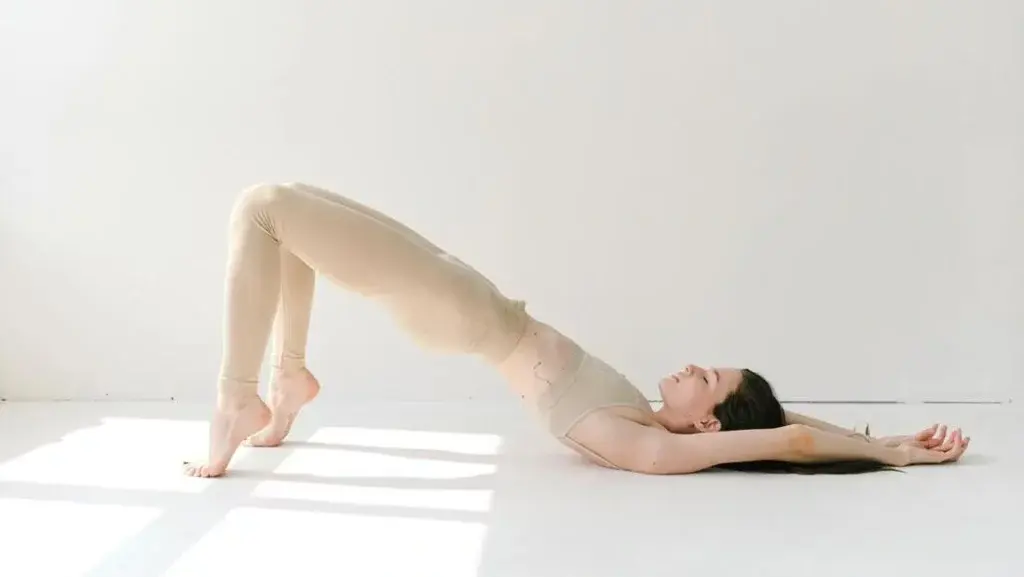
5. Reduce Ergonomic Strain (To Minimize Physical Stress)
While movement is primary, optimizing your setup reduces unnecessary strain during sitting periods.
- Actions: Ensure feet are flat, knees level with hips, screen at eye level, keyboard close. Use lumbar support (but don’t rely on it solely – muscle strength is key!).
Targeting Muscle Imbalance – A Deeper Solution (Optional Program)
The actions above are crucial first steps.
However, the musculoskeletal imbalances caused by sitting, particularly severely tight hip flexors, can be stubborn.
If you feel these issues are significantly impacting your pain levels and mobility, a structured program specifically designed to release and rebalance these deep muscles might be beneficial.
One such program focuses on precise movements to “unlock” the hip flexors, going beyond basic stretches. It provides guided routines to address this core problem identified in the “Risks” section.
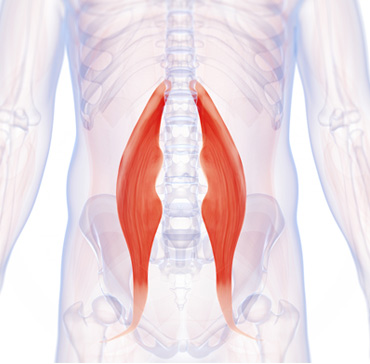
➡️ Click Here To Explore the Unlock Your Hip Flexors Program
Consider this if you’re looking for a more targeted approach to tackling the deep-seated muscle tightness contributing to your discomfort.
Key Takeaways – Understanding Risks & Mitigation Strategies
| Risk Area Discussed | Primary Mitigation Strategy |
| Musculoskeletal Damage | Stretch tight muscles (hip flexors/hams), Activate weak muscles (glutes/core) |
| Metabolic Slowdown | Interrupt sitting frequently, Increase overall activity |
| Circulatory Concerns | Interrupt sitting frequently, Leg movements/stretches |
| Postural Problems | Mobilize spine/chest, Improve workspace ergonomics |
| General Sedentary Effects | Frequent movement breaks, Regular exercise outside work |
Join the Conversation!
The health risks of prolonged sitting are real and significant, but they are not insurmountable.
By understanding the dangers and consistently implementing simple mitigation strategies, you can protect your health and well-being.
Which of these risks surprised you the most? What small step will you commit to today to break up your sitting time?
Share your thoughts, experiences, and questions in the comments below! Let’s support each other in moving more.
If this deep dive was helpful, please share it! Check back for more insights on living a healthier, more active life.
References
- Mayo Clinic Staff. (2023). What are the risks of sitting too much? Mayo Clinic. https://www.mayoclinic.org/healthy-lifestyle/adult-health/expert-answers/sitting/faq-20058005
- Wilmot, E. G., et al. (2012). Sedentary time in adults and the association with diabetes, cardiovascular disease and death: systematic review and meta-analysis. Diabetologia, 55(11), 2895–2905. https://link.springer.com/article/10.1007/s00125-012-2677-z
- World Health Organization (WHO). (Accessed 2024). Physical Activity. https://www.who.int/news-room/fact-sheets/detail/physical-activity
